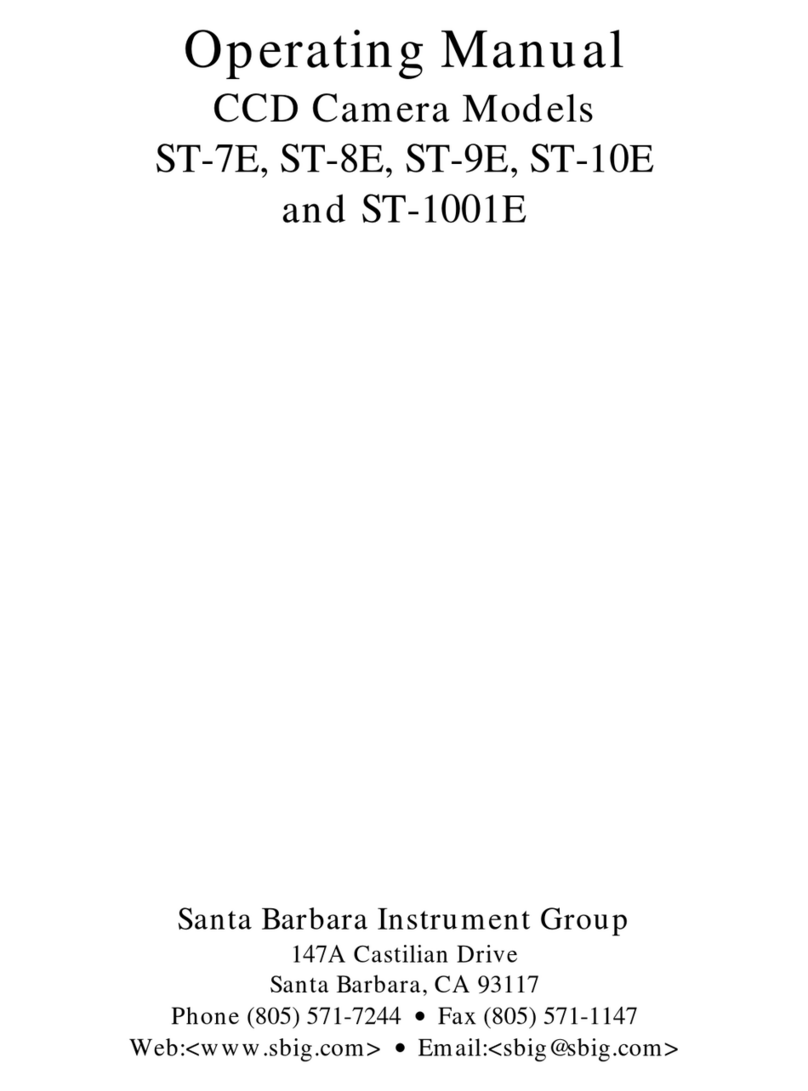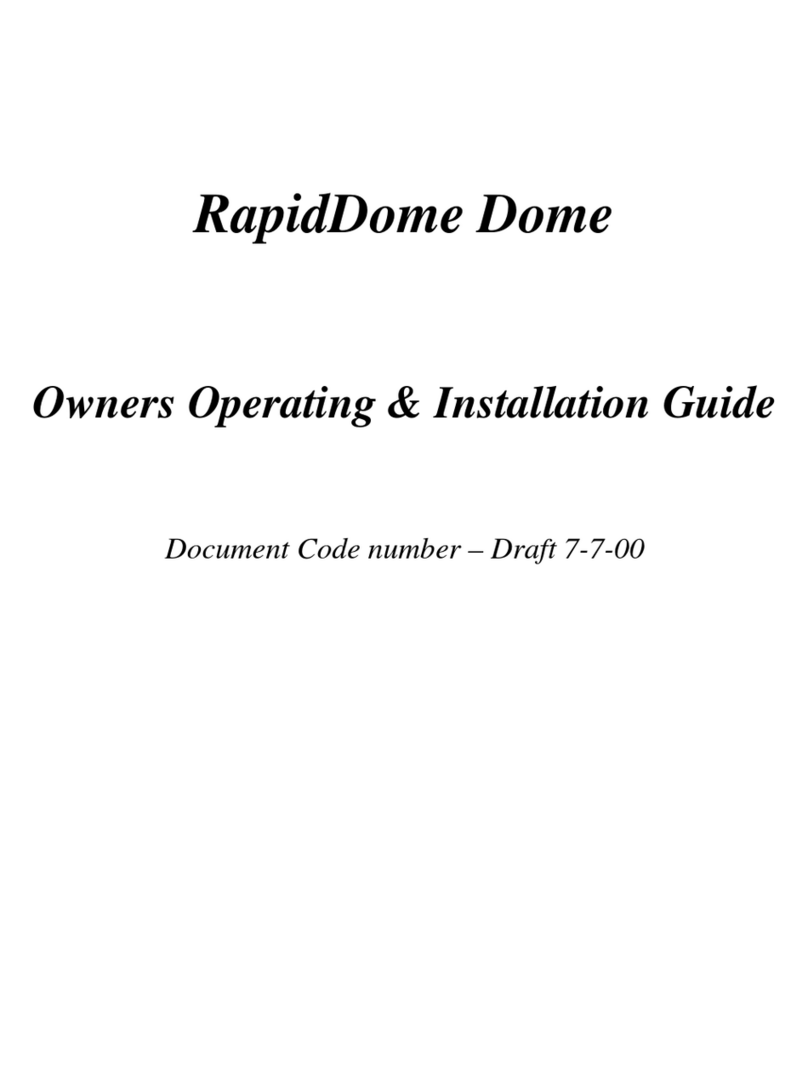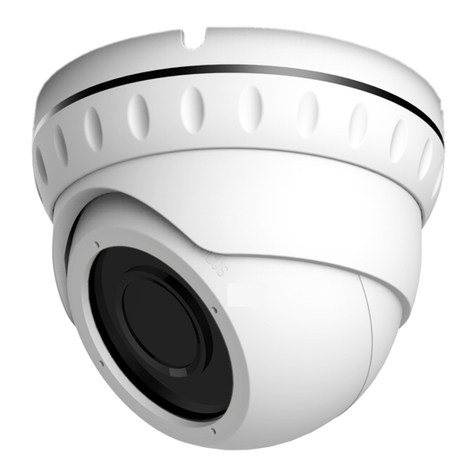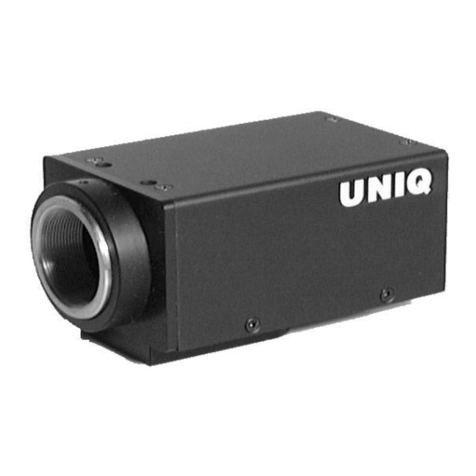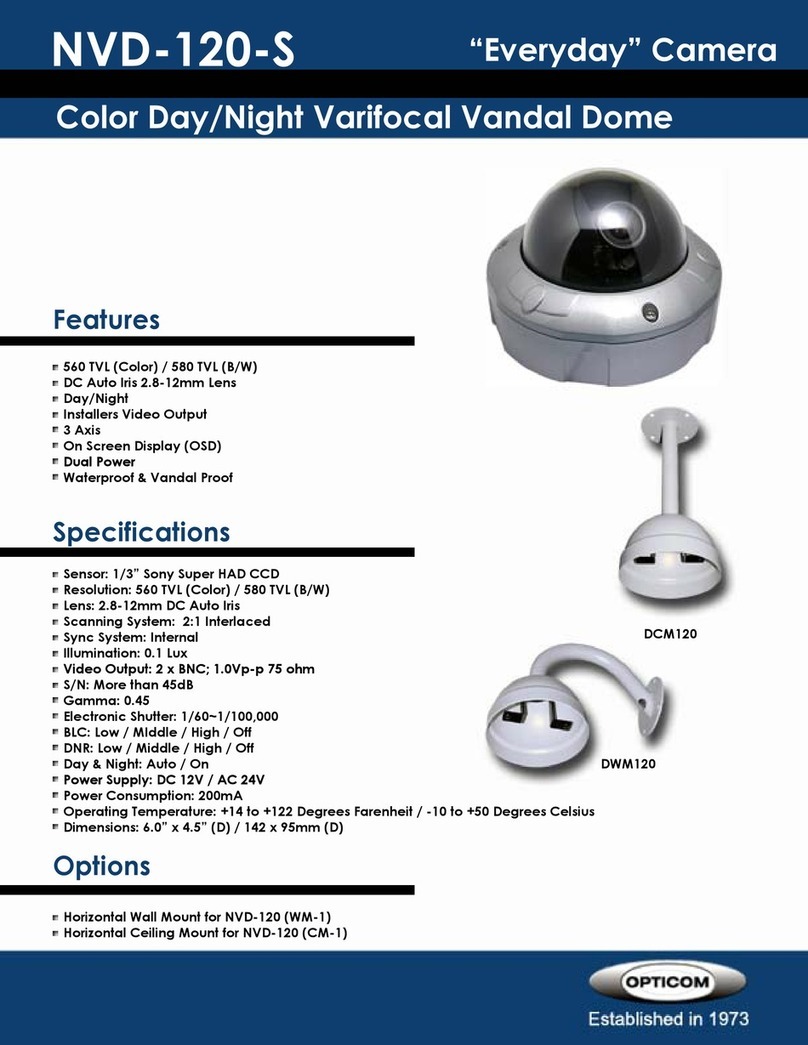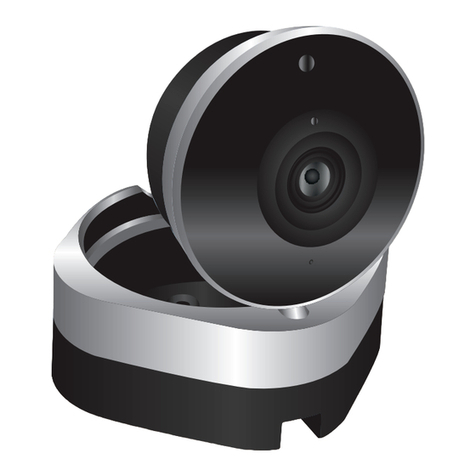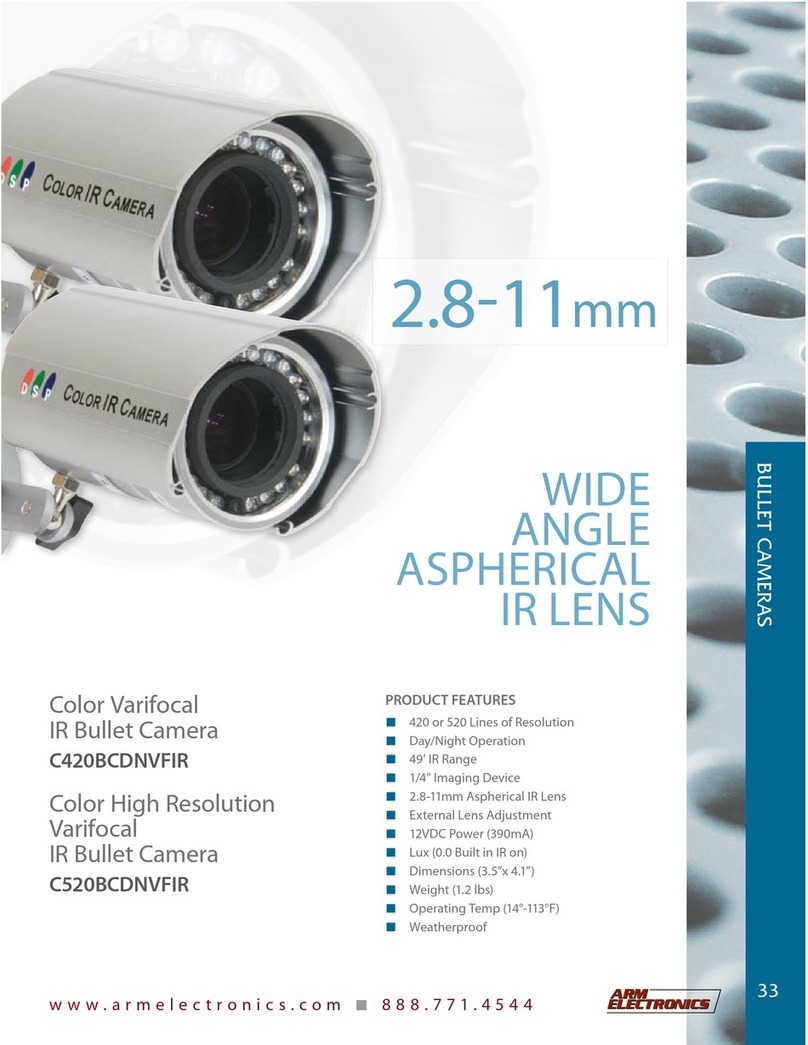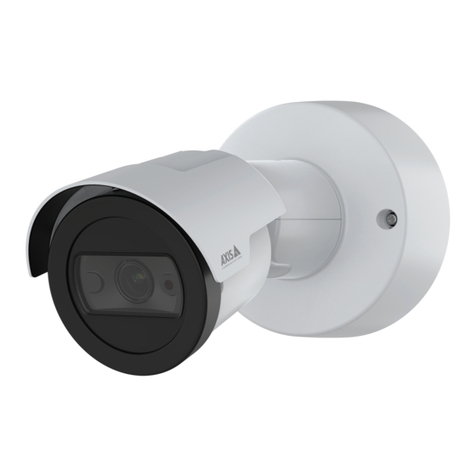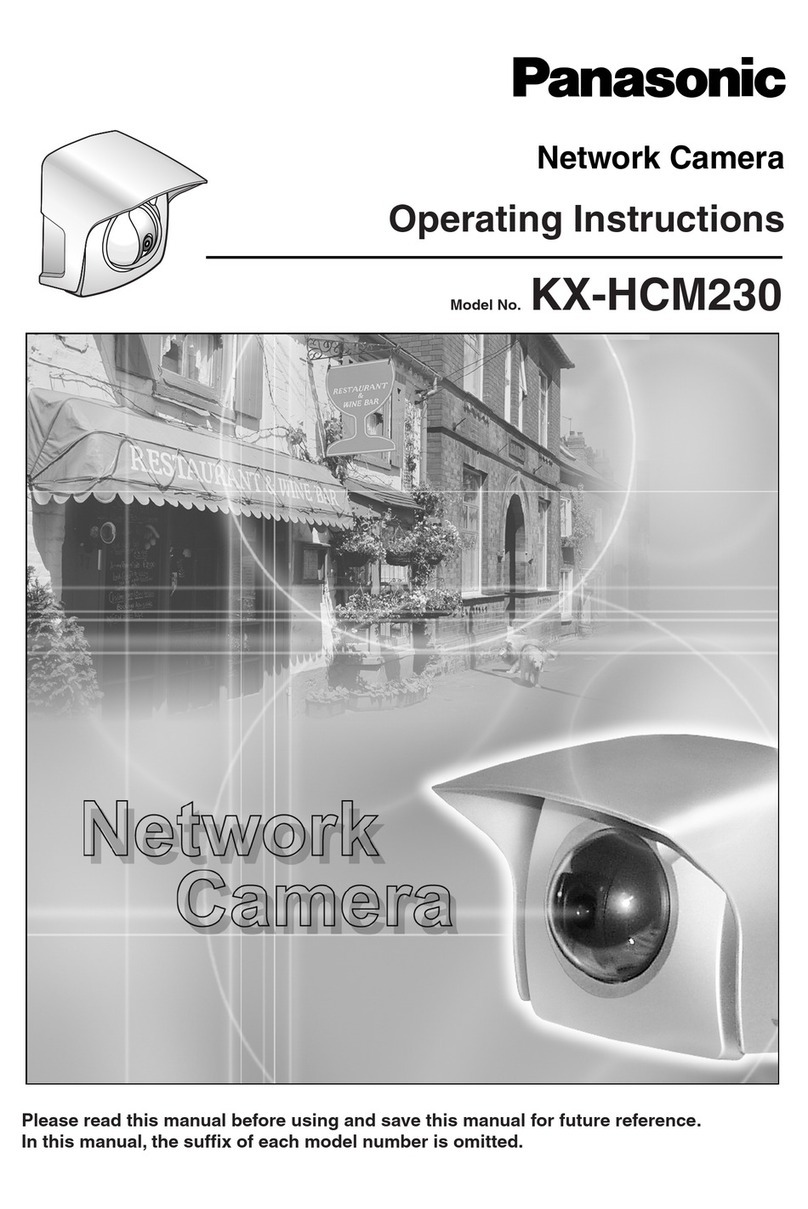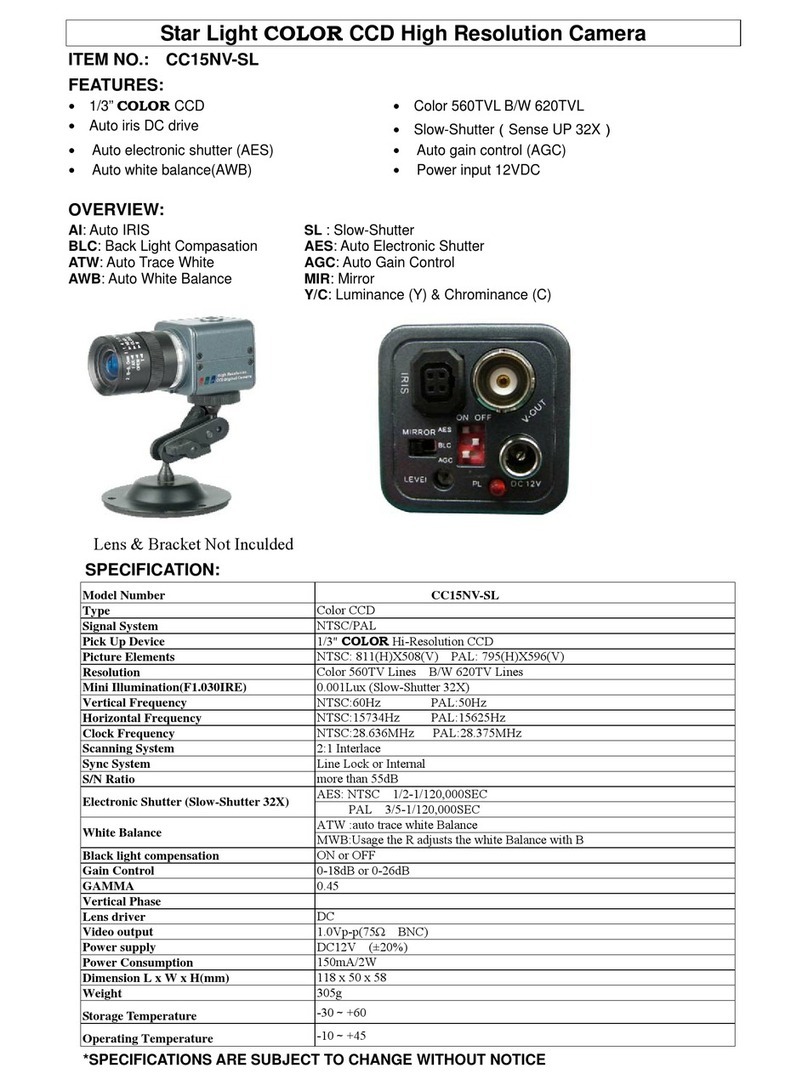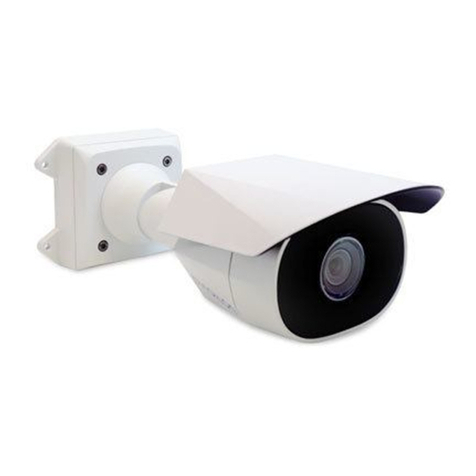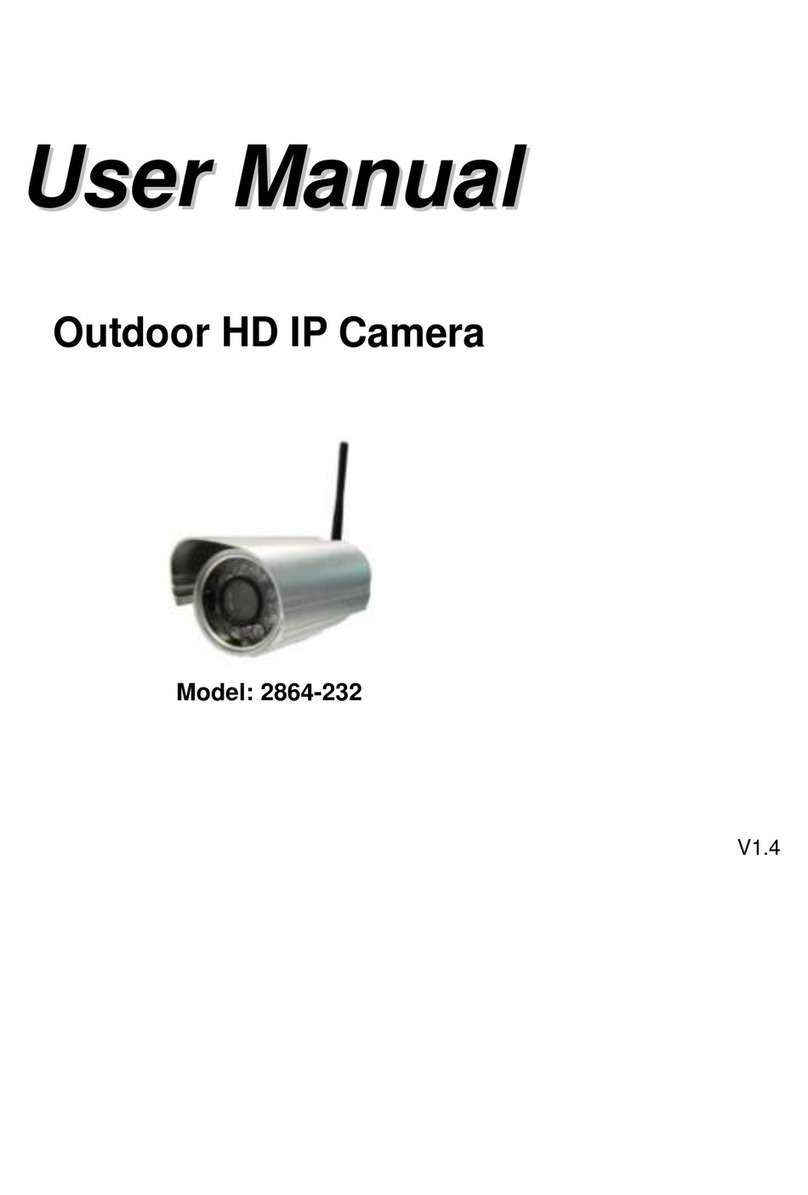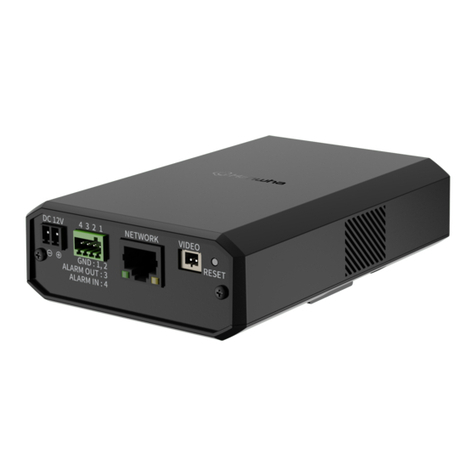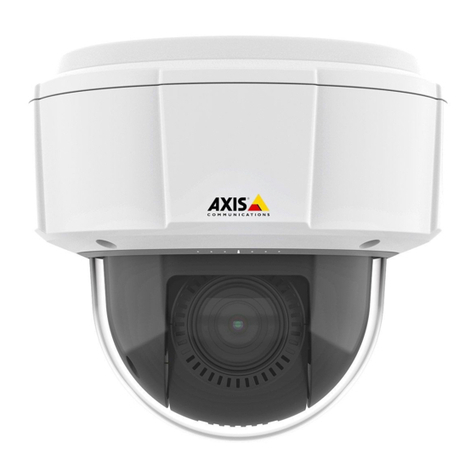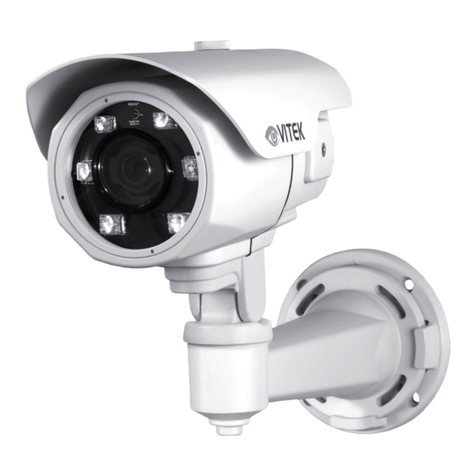
Section 2 - Introduction to CCD Cameras
Page 5
2. Introduction to CCD Cameras
This section introduces new users to CCD (Charge Coupled Device) cameras and their
capabilities and to the field of CCD Astronomy and Electronic Imaging.
2.1. Cameras in General
The CCD is very good at the most difficult astronomical imaging problem: imaging small, faint
objects. For such scenes long film exposures are typically required. The CCD based system has
several advantages over film: greater speed, quantitative accuracy, ability to increase contrast
and subtract sky background with a few keystrokes, the ability to co-add multiple images
without tedious dark room operations, wider spectral range, and instant examination of the
images at the telescope for quality. Film has the advantages of a much larger format, color, and
independence of the wall plug (the SBIG family of cameras can be battery operated in
conjunction with a laptop computer, though, using a power inverter). After some use you will
find that film is best for producing sensational large area color pictures, and the CCD is best for
planets, small faint objects, and general scientific work such as variable star monitoring and
position determination.
2.2. How CCD Detectors Work
The basic function of the CCD detector is to convert an incoming photon of light to an electron
which is stored in the detector until it is read out, thus producing data which your computer
can display as an image. It doesn't have to be displayed as an image. It could just as well be
displayed as a spreadsheet with groups of numbers in each cell representing the number of
electrons produced at each pixel. These numbers are displayed by your computer as shades of
gray for each pixel site on your screen thus producing the image you see. How this is
accomplished is eloquently described in a paper by James Janesick and Tom Elliott of the Jet
Propulsion Laboratory:
"Imagine an array of buckets covering a field. After a rainstorm, the buckets are
sent by conveyor belts to a metering station where the amount of water in each
bucket is measured. Then a computer would take these data and display a
picture of how much rain fell on each part of the field. In a CCD the "raindrops"
are photons, the "buckets" the pixels, the "conveyor belts" the CCD shift registers
and the "metering system" an on-chip amplifier.
Technically speaking the CCD must perform four tasks in generating an image.
These functions are 1) charge generation, 2) charge collection, 3) charge transfer,
and 4) charge detection. The first operation relies on a physical process known
as the photoelectric effect - when photons or particles strikes certain materials
free electrons are liberated...In the second step the photoelectrons are collected in
the nearest discrete collecting sites or pixels. The collection sites are defined by
an array of electrodes, called gates, formed on the CCD. The third operation,
charge transfer, is accomplished by manipulating the voltage on the gates in a
systematic way so the signal electrons move down the vertical registers from one
pixel to the next in a conveyor-belt like fashion. At the end of each column is a


